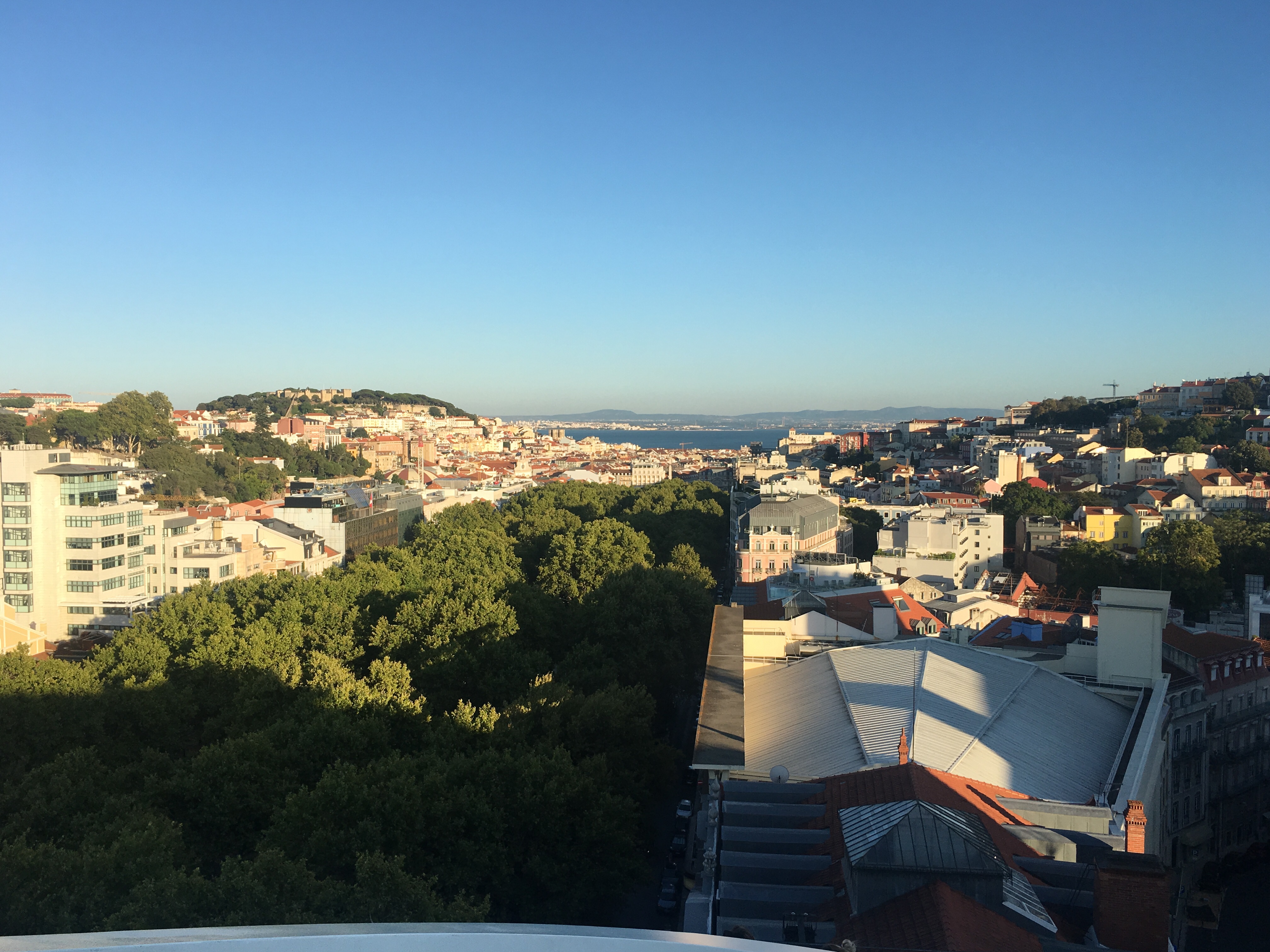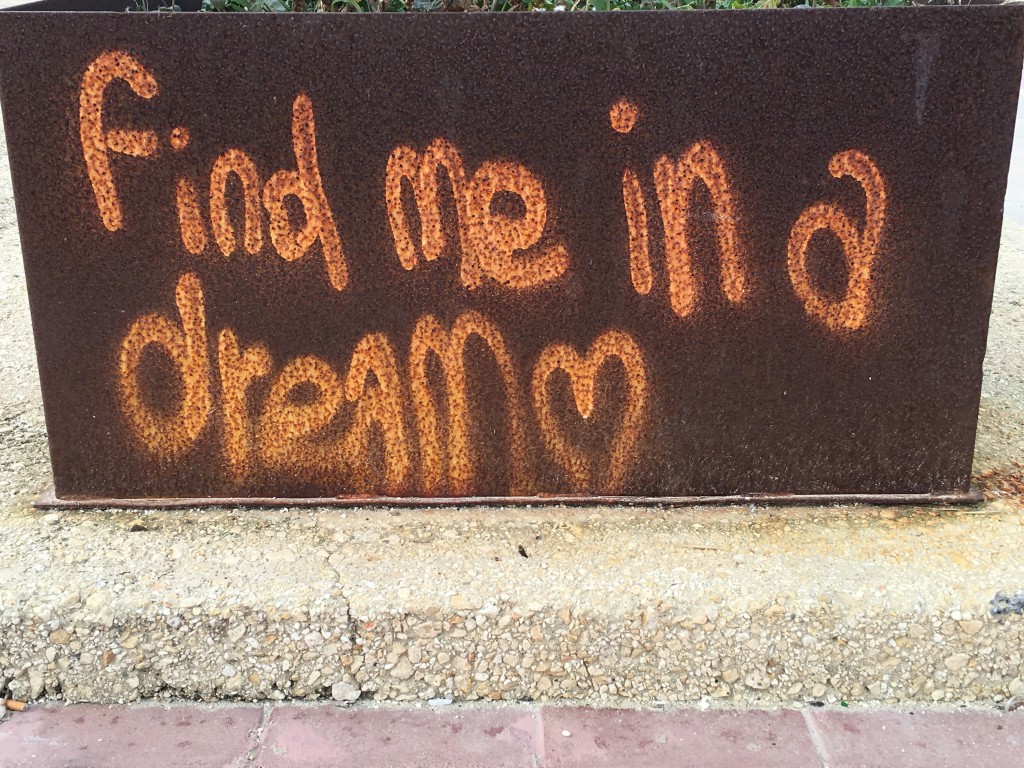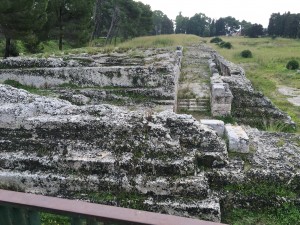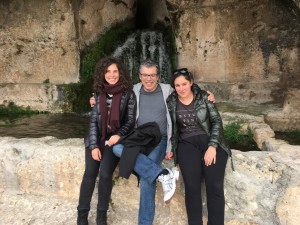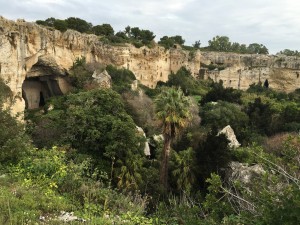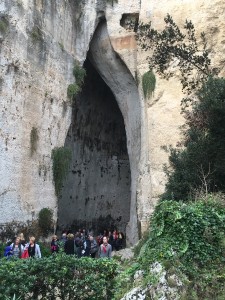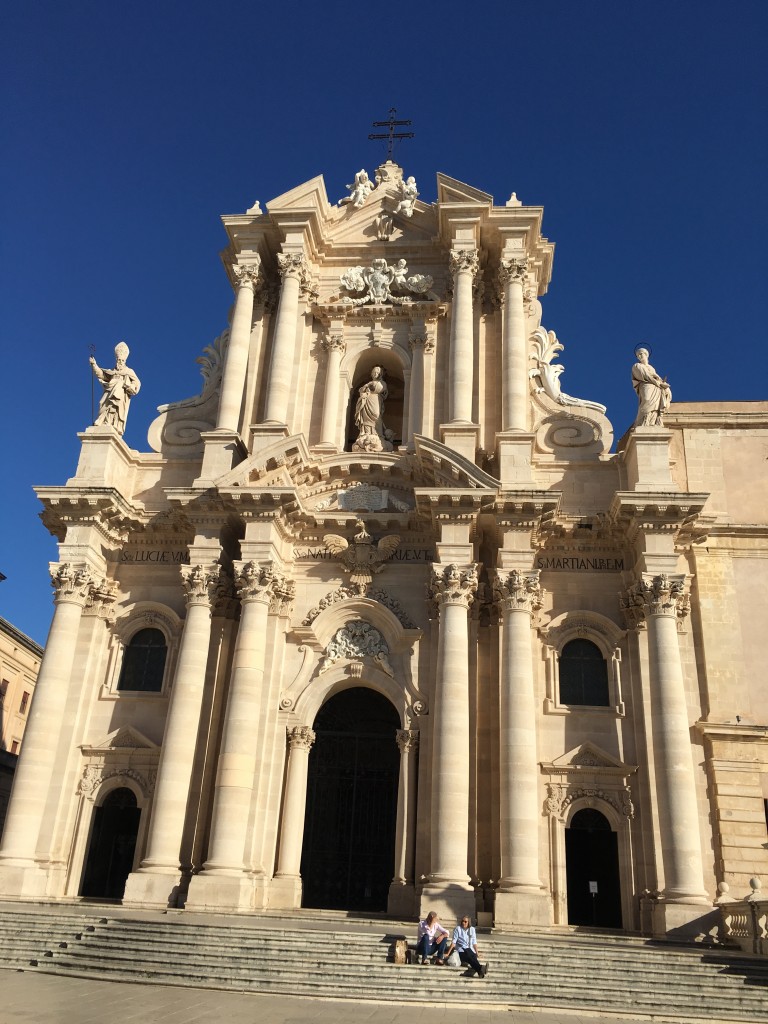
Cathederal (Duomo)
While sitting having breakfast at the delightful Movimento Centrale Coffee shop on the island of Ortigia, Syracusa, we discovered Jeremy Dummett’s paperback version of “Syracuse City of Legends – A glory of Sicily”. It seemed an ideal companion to our extended stay in Siracusa. Just as Dummett notes when referring to the comments of late 19th Century Englishmen, Douglas Sladen, “it is a place where you can spend any space of time”.
The book is written in two parts. The first, takes the reader through the rich history of Syracuse right upto today. The second, describes the principal monuments of Siracusa. As a result it is both a history of this quite amazing place and a form of guidebook, although to call the second section a guidebook does quite an injustice.
I read the book in sequence, first the history and then the monuments, however each section is discrete which means if you are visiting, looking at the second section first would also work well. In fact, that’s what I will be doing with Jeremy Dummett’s recently published book on Palermo where will be in a week or so.
While Sicily fascinates me I am not a student of the classics and as a result have only a passing knowledge of Sicily’s rich history. Jeremy Dummett’s book provides a rich and easy to read account of the incredible history of Siracusa and with it so much of the history of Sicily itself. He provides insights into Siracusa’s wealth built and plundered on a number of occasions, as well as stories of tyrants and rulers, it’s eventual decline to a secondary city on the island of Sicily and concludes with Siracusa’s place in 21st Century Sicily.
As someone who finds social histories much more interesting than a dry account of events, regular quotes from visitors and writers from the past bring Siracusa’s history to life. References extend far back in history, including the suggestion that Homer’s reference to the small harbour and fresh water spring in The Odeyssy is to the island of Ortigia.
The city’s list of important residents and visitors seems endless. It was fascinating to read about Archimedes, his inventions and senseless death while he was apparently engrossed in resolving a mathematical problem. Siracusa was also visited on more than one occasion by Plato, I particularly enjoyed reading the rather humorous account of Palto’s final exchange with Dionysis. Continue reading →
Like this:
Like Loading...
